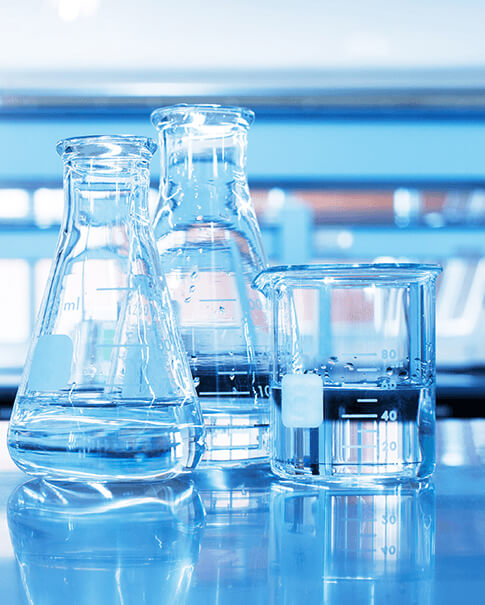
Poliakrilamida bukan ionik ialah polimer tinggi dengan berat molekul yang tinggi dan eksponen ion yang rendah, yang mempunyai fungsi pemberbukuan, penyebaran, penebalan, ikatan, pembentukan filem, penghubung, dan kestabilan koloid.
Pemberbukuannya hampir tidak dipengaruhi oleh nilai PH dan garam, dan dalam proses rawatan air sisa asid, kesan praktikalnya adalah lebih baik daripada polimer anionik.
TAG :
TAG :
TAG :
TAG :
TAG :
TAG :
TAG :
TAG :
TAG :
TAG :
TAG :
TAG :